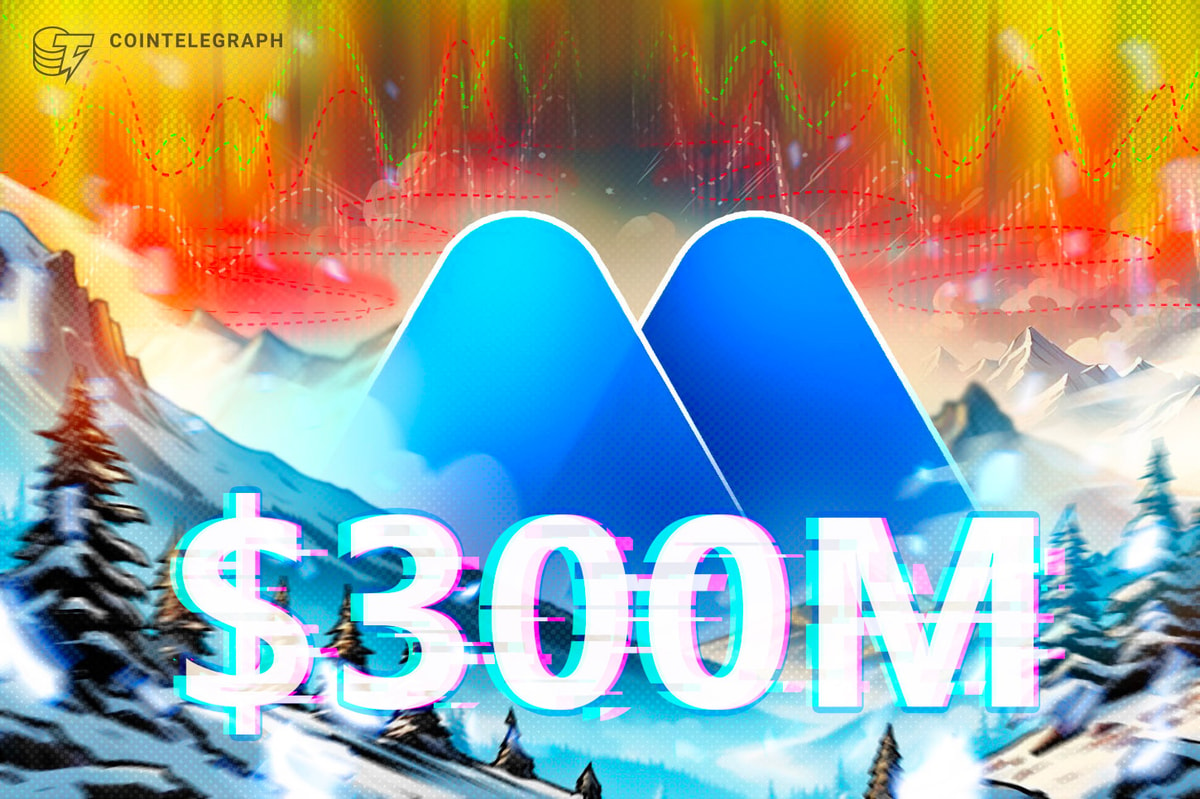John Krafcik, Waymo founder and former CEO, clapped back at Tesla CEO Elon Musk after his comments on Waymo at Tesla’s earnings earlier this week.
He brought a little dose of reality to Musk’s delusions.
During Tesla’s earnings call, CEO Elon Musk made a bunch of new claims about updated timelines for Tesla to deliver on long-promised self-driving milestones.
Musk even stated that he doesn’t see anyone competing with Tesla on autonomous driving and that he believes Tesla will take “90-something percent market share.”
When explicitly asked about Waymo, which is already seen as the market leader by most experts, Musk again claimed that it won’t be competitive because of cost:
Well, okay. The issue with Waymo’s cars is it costs way more money, but that is the issue. The car is very expensive, made in low volume. Teslas are probably cost 25% or 20% of what a Waymo costs and made in very high volume. So, ironically, like, we’re the ones to make the bet that a pure AI solution with cameras and what do you have? The car actually will listen for sirens and that kind of thing. It’s the right move. And Waymo decided that an expensive sensor suite is the way to go, even though Google is very good at AI. So I’m wondering. And it is worth noting that Tesla has both an incredible AI software team and AI hardware chip design team.
While it’s true that Waymo’s vehicles are more expensive, this has little to do with an “expensive sensor suite”, as Musk claimed.
Tesla’s sensor suite, which consists only of cameras, is certainly less expensive than Waymo’s, which includes cameras, radar, and lidar sensors. Still, most of the cost difference is due to Tesla building vehicles in high volumes for consumers while Waymo buys existing vehicles and retrofits them with its sensor suite in much lower volumes.
Talking to Business Insider this week, John Krafcik, who helped launch Google’s self-driving vehicle program and was Waymo’s first CEO until 2021, doesn’t see it as a problem:
In the long run, the cost of sensors has a “trivial cost-per-mile impact over the useful life of a robotaxi,” he told BI,” while also providing massive quantifiable safety benefits.”
Krafcik has been skeptical of Tesla’s efforts for a while and even suggested that what Tesla plans to launch in Austin in June could amount to “faking” self-driving.
Now, the former Waymo CEO highlights how it’s not the first time Musk claimed that Tesla would compete with Waymo, but it is yet to happen:
“Tesla has never competed with Waymo — they’ve never sold a robotaxi ride to a public rider, but they’ve sold a lot of cars. And although Tesla hopes to compete with Waymo someday, they’ve failed utterly and completely at this for each of the 10 years they’ve been talking about it.”
This week, Waymo announced that it is now completing 250,000 self-driving rides per week.
In June, Tesla plans to launch a limited “10 to 20-car” fleet to provide geo-fenced and teleoperation-assisted rides in Austin.
At this rate, it would take a while for Tesla to catch up to Waymo’s volume and that’s if it can.
Krafcik added:
Well, after 10 years of undelivered promises, it seems pretty rational for those watching to be data- and evidence-driven. There’s still a lot of promises, still no Tesla liability for FSD driving performance, and still no universal robotaxi service.”
After Tesla’s earnings, the automaker announced that its “FSD Supervised ride-hailing service” operating for employees in Austin and San Francisco completed “over 1,500 trips and 15,000 miles of driving.”
However, these were completed with drivers ready to take control, and even if they had no interventions in those 15,000 miles, it wouldn’t be enough to prove a higher safety than human drivers, who crash on average every 700,000 miles.
Electrek’s Take
He has a point. No matter how much Tesla shareholders want to believe Musk when he says that Tesla is ahead, the truth is that when it launches its limited 10-20-car fleet in Austin, it will only now start to compete with Waymo.
By that time, Waymo might be doing over 300,000 rides per week, and there’s no evidence that Tesla will be able to scale faster yet.
Just like Waymo, Tesla’s fleet will be geo-fenced and teleoperation-assisted as there’s no evidence that Tesla’s generalized solution is anywhere close to working.
In short, Tesla has the same scaling limitation as Waymo, other than potentially mapping, but even that’s a question mark.
FTC: We use income earning auto affiliate links. More.








